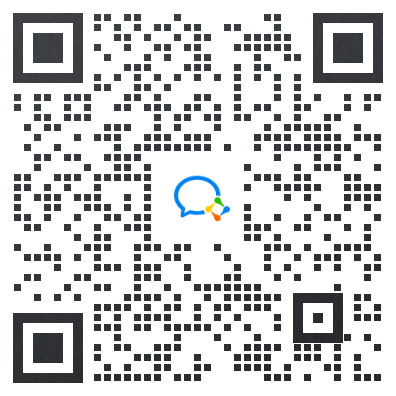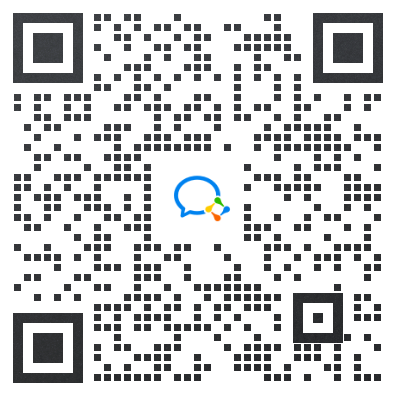2015.06.25 10:35
新东方在线雅思网特为大家带来了社科类雅思阅读:Reviving autopsy。不断的练习是提升雅思阅读水平的一大常见方法,同学们在备考阶段应找到难度恰当的阅读理解进行练习。希望以下内容能够对大家的雅思学习有所帮助!更多雅思报名官网的最新消息,最新、最专业的雅思备考资料,新东方在线雅思网将第一时间为大家发布。
TECHNOLOGY advances not only through new inventions, but also by the imaginative application of old ones. And one of the most ancient forms of scientific investigation, the post-mortem autopsy, may be ripe for just such a technological upgrade. According to a paper in this week’s Lancet, published by Ian Roberts of the John Radcliffe Hospital, in Oxford, it may soon be time to put away the scalpel and the retractor clamp, and to replace them with the body scanner.
The study of death is never a cheerful topic, but it has gone through a particularly gloomy patch over the past few decades. A recent tally by America’s Centres for Disease Control and Prevention showed that in 2007 only 8.5% of deaths in America were investigated by autopsy. In 1972 that figure was 19.3%. Britain’s coroners are more active, but perhaps not more accurate. Twenty-two percent of deaths in the United Kingdom lead to an autopsy. According to a government review, however, one in four is of miserable quality. The upshot in both cases is not just that the cause of individual deaths may be misascribed. More seriously, data about the processes of disease are lost, and those diseases are thus not as well understood as they might have been. Squeamish relatives of the deceased, too, often do not like the idea of bodies being cut up at the behest of coroners. Britain’s health department therefore commissioned Dr Roberts to study whether scanning dead bodies in the way that is routine for living ones would help. His conclusion is that it would.
Rather than slicing the body with a knife, scanning slices them with radiation. Computerised tomography (CT) uses X-rays to collect information from many angles, and a lot of processing power to convert that information into cross-sectional images of a body’s inner tissues. In forensic cases CT scans are often used to spot fractures and haemorrhages. Dr Roberts found them adept at noticing diseased arteries, as well. The other widespread scanning technique, magnetic-resonance imaging (MRI), uses radio waves and is best suited for exploring the detail of soft tissues.
Though both of these technologies have been around for a long time, they have had only limited use in autopsies. America’s authorities conduct CT scans of dead soldiers—but such scans are employed to augment traditional post mortems, not replace them. Some coroners in England, spurred on by the religious objections of Jews and Muslims, do allow scans rather than conventional autopsies in certain cases. But the accuracy of these scans is unknown. Dr Roberts is the first to provide data on whether scanning might replace conventional methods.

扫码添加助教号
免费获取最新雅思口语题库
